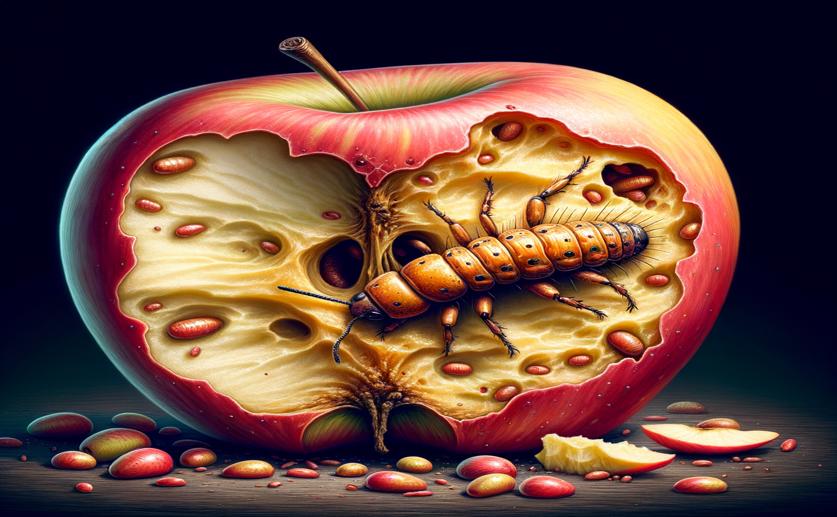
Understanding the Traits of a Fruit Borer Infesting Apples
Jenn Hoskins
26th May, 2024

Image Source: Natural Science News, 2024
Key Findings
- The study focused on the codling moth, a major pest threatening apple farming in northern India, particularly in the Himalayan region
- Researchers confirmed the presence of the codling moth in North India, previously only found in the Ladakh region, using morpho-molecular characterization
- The codling moth completes three generations per year in Kashmir, with each cycle lasting up to 2.5 months, influenced by local weather conditions
References
Main Study
1) Morphomolecular characterization of invasive fruit borer infesting apple.
Published 25th May, 2024
https://doi.org/10.1038/s41598-024-61585-3
Related Studies
2) Mapping the Potential Global Codling Moth (Cydia pomonella L.) Distribution Based on a Machine Learning Method.
3) Effect of Climate Change on Introduced and Native Agricultural Invasive Insect Pests in Europe.
4) Assessing the Global Risk of Establishment of Cydia pomonella (Lepidoptera: Tortricidae) using CLIMEX and MaxEnt Niche Models.
5) Projecting the Global Potential Distribution of Cydia pomonella (Lepidoptera: Tortricidae) Under Historical and RCP4.5 Climate Scenarios.



 29th January, 2024 | Mary Jones
29th January, 2024 | Mary Jones